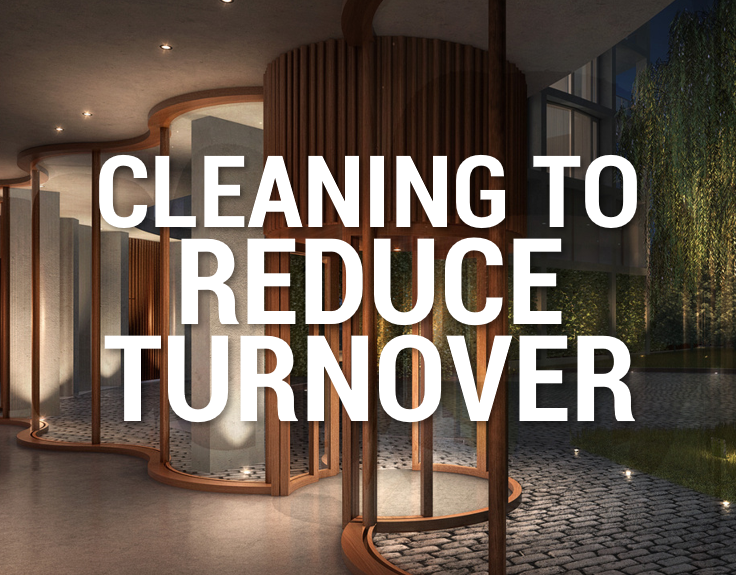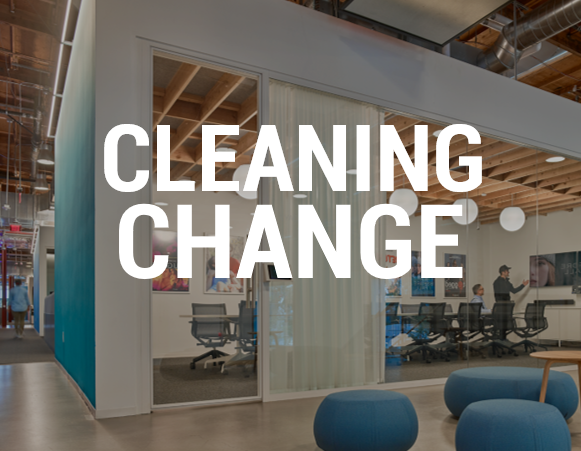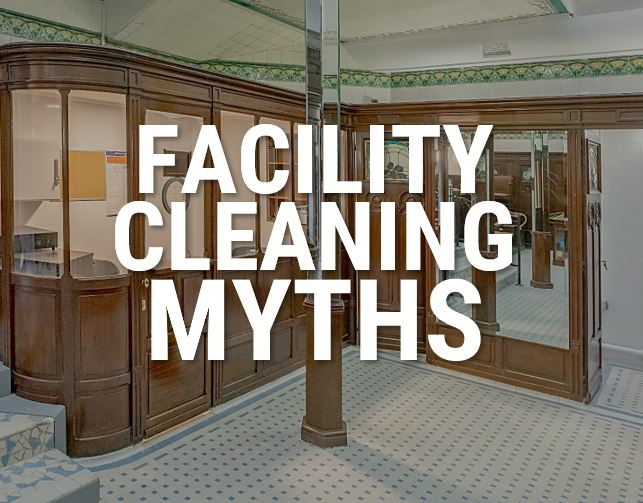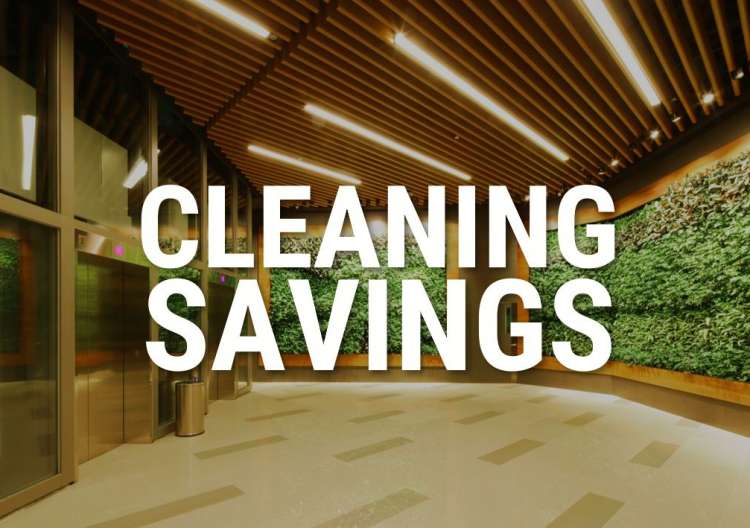Facilities management:
The cost of poor cleaning can be greater than you realize.
It’s always been true that cleaner commercial facilities, like retail operations, lobbies and office buildings, tend to outperform poorly-cleaned or slightly-neglected facilities. But after a year of the pandemic, with the average person so much more aware of the need for adequate cleaning, disinfecting and sanitization, the benefits of a cleaner facility are even more relevant on the bottom line.
Lost revenue: Tenants, customers and word of mouth
As tenants in office and retail facilities bring their employees back to work, whether on a ‘normal’ schedule or some kind of hybrid model, they’re going to have to reassure top talent that their facilities are safe to work in – and it’s hard to do that if the lobbies, elevators and restrooms aren’t spotless.
Vacancy rates in office buildings are up across Canada, including an all-time high in Toronto of 12%. This is already giving commercial tenants more bargaining power, whether they want to reduce their footprint, find a better location, or expand into an area that was previously out of their price range. Experts say that the costs of having to acquire a new tenant can easily be three times the cost of renewing an existing tenant – which can add up to tens or even hundreds of thousands of dollars.
In retail facilities, the bottom-line impact of poorly-cleaned premises can be even more immediate: People just won’t shop in stores they don’t feel comfortable in, and right now, ‘comfort’ and ‘cleanliness’ are particularly closely linked. Retail execs report that sales in ‘dirty’ stores can plummet by as much as 20% in pandemic times, while sales in stores which are perceived to be especially well sanitized can increase by 20-30%.
Long-term maintenance costs
Poor cleaning practices can cost facilities money in two key ways: Insufficient cleaning that leads to deterioration of surfaces, and improper cleaning that ruins finishes and leads to replacement.
Restrooms can be the biggest problem areas: When toilets and sinks aren’t cleaned well, or often enough, plumbing can back up, leading to huge costs in repairing pipes, fixtures, and flooring – not to mention requiring restrooms and other facilities to be out of service for lengthy periods. (Inadequately accessible restroom facilities can be a bigger problem during the pandemic, when ‘doubling up’ simply isn’t an option.)
Improper use of cleaning products can also lead to maintenance costs: When the acidic cleaner designed for the toilets comes in contact with the fixtures, flooring or granite countertops in restrooms, the result can be abrasion or erosion of surfaces – and that can mean extensive repairs or even replacement.
Health implications
Of course, one of the most unfortunate results of the pandemic-era changes in cleaning is the negative health implications for workers. When non-cleaning professionals or untrained employees use industrial-strength cleaning products improperly, either because they have inadequate PPE, mix chemicals inappropriately, or don’t adhere to indicated dwell times on surfaces, they can end up injuring themselves, or inadvertently putting facility users at risk by inadequate disinfection.
And quite apart from the human cost of injury or illness, the bottom line implications of sick workers and facility users include decreased productivity, increased absenteeism, and the hard costs of WSIB premiums and substitute workers to cover for sick leaves.
Smarter cleaning practices are smart business
A well-cleaned, well-maintained facility means a healthier bottom line, reduced tenant turnover, improved sales and overall better risk management. But we know that in the face of COVID-19, it can be difficult to know exactly what products to use and how to use them most effectively.
We’ve been helping Ontario businesses make the most of their cleaning budgets for more than 80 years, and we’d be happy to help you do the same. Just get in touch – we’d love to hear from you!





